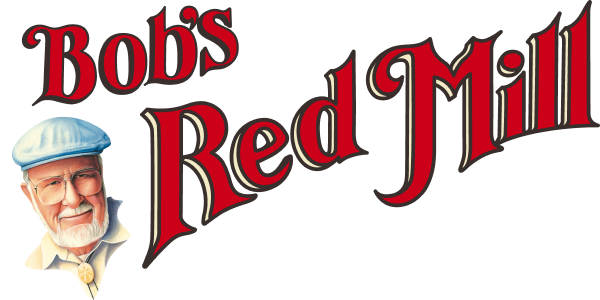


 When purchasing couscous, you'll see three common types on grocery store shelves: Moroccan, Israeli and Lebanese. Each variety of couscous is made uniquely and produces different results when cooked. Knowing the distinctions between these three types of couscous is essential to choosing the correct one for your dinner recipes. To help ensure that your meals turn out as intended, here's a quick overview of each.
When purchasing couscous, you'll see three common types on grocery store shelves: Moroccan, Israeli and Lebanese. Each variety of couscous is made uniquely and produces different results when cooked. Knowing the distinctions between these three types of couscous is essential to choosing the correct one for your dinner recipes. To help ensure that your meals turn out as intended, here's a quick overview of each.
 Now that we've covered what actual couscous pasta is made of let's look at some of the most commonly combined ingredients. A treasured food in the Middle East, couscous is often dressed with everything from pomegranate seeds to herbs and spices. That being said, couscous does not have to be complicated to taste good. In fact, the most simple recipes are often those that taste the best. Here's an overview of the most common ways to create a couscous dish that everyone will enjoy.
Now that we've covered what actual couscous pasta is made of let's look at some of the most commonly combined ingredients. A treasured food in the Middle East, couscous is often dressed with everything from pomegranate seeds to herbs and spices. That being said, couscous does not have to be complicated to taste good. In fact, the most simple recipes are often those that taste the best. Here's an overview of the most common ways to create a couscous dish that everyone will enjoy.
 Though making couscous from scratch is indeed a process, most store-bought varieties can be prepared and cooked in just minutes. That being said, there are a few tips and tricks we recommend following to ensure that your next plate of couscous turns out better than ever before.
Though making couscous from scratch is indeed a process, most store-bought varieties can be prepared and cooked in just minutes. That being said, there are a few tips and tricks we recommend following to ensure that your next plate of couscous turns out better than ever before.